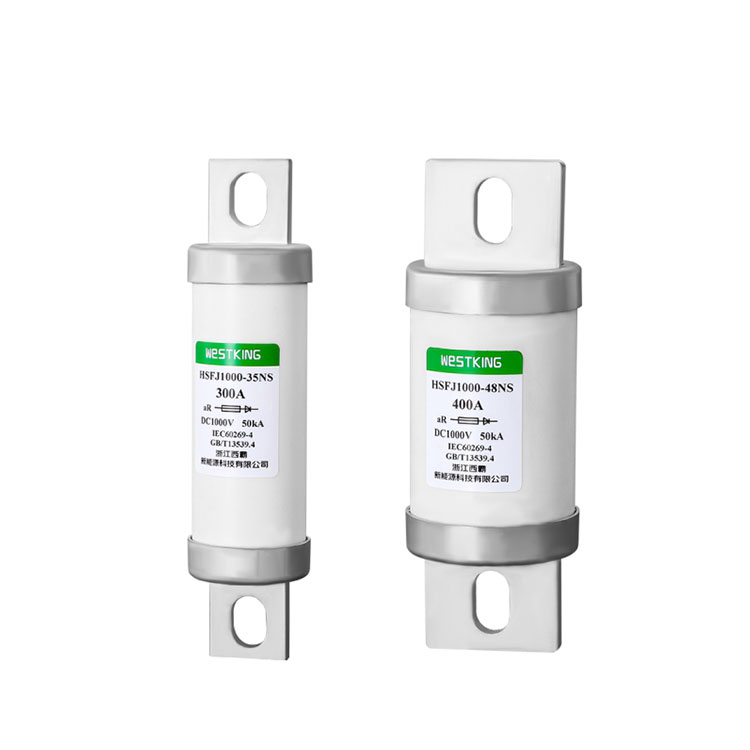
- English
- Español
- Português
- русский
- Français
- 日本語
- Deutsch
- tiếng Việt
- Italiano
- Nederlands
- ภาษาไทย
- Polski
- 한국어
- Svenska
- magyar
- Malay
- বাংলা ভাষার
- Dansk
- Suomi
- हिन्दी
- Pilipino
- Türkçe
- Gaeilge
- العربية
- Indonesia
- Norsk
- تمل
- český
- ελληνικά
- український
- Javanese
- فارسی
- தமிழ்
- తెలుగు
- नेपाली
- Burmese
- български
- ລາວ
- Latine
- Қазақша
- Euskal
- Azərbaycan
- Slovenský jazyk
- Македонски
- Lietuvos
- Eesti Keel
- Română
- Slovenski
- मराठी
- Srpski језик
What are the Standards and Certifications for High Speed Fuses?
2024-09-17

What are the Standards and Certifications for High Speed Fuses?
High Speed Fuses must meet various standards and certifications to ensure their safety and reliability. Some of these standards include:- UL 248-14: Standard for Safety for Fuses, Class H
- IEC 60269-1: Low-voltage fuses – Part1: General requirements
- CSA C22.2 No. 248.14: Fuses, Class H
How do High Speed Fuses differ from other fuses?
High Speed Fuses are designed to respond quickly to short circuits and overloads, while other fuses, such as slow blow fuses, are designed to handle sustained overloads. High Speed Fuses have lower interrupting ratings but faster response times than other fuses.What are the benefits of using High Speed Fuses?
Some of the benefits of using High Speed Fuses include:- Protection for high-speed power electronics devices
- Reliable and fast-acting performance
- Increased system uptime
- Reduced maintenance and repair costs
Overall, High Speed Fuses are a critical component of power electronic systems, providing reliable and fast-acting protection against short circuits and overloads.
Scientific Research Papers on High Speed Fuses
1. Zhang, J., Yang, T., & Xiang, C. (2019). Design of low voltage high speed fuse and selection of fuse parameters. Journal of Physics: Conference Series, 1259(1).
2. Yoo, K., & Ko, J. (2018). A Study on the Characteristics of Hybrid High Speed Fuse for Mobile Battery Protection. Journal of Magnetics, 23(2), 203-208.
3. Li, Z., Wang, W., Zeng, Z., Li, G., & Han, X. (2020). Study of High-Speed Fuses Used in Transformer Protection Based on IEC 60282-1.
4. Mutian, W., & Zhu, Z. (2017, July). Design and simulation of an ultrafast high-power fuse. In 2017 IEEE Conference on Energy Internet and Energy System Integration (EI2) (pp. 1-5). IEEE.
5. McLyman, W. T. (2018). High-speed fuses: What, why, and how. Electrical Apparatus, 110(5), 24-30.
6. Buß, K., Rast, M. P., & Scharrer, J. (2012). Short-circuit capability of high-speed fuses with Cu and Ag: Test results and numerical modeling. IEEE Transactions on Power Delivery, 28(3), 1749-1756.
7. Klein, M., & Vincenzi, D. (2016). High-speed fuses protection for the inverters in large wind turbines. In 2016 IEEE International Energy Conference (ENERGYCON) (pp. 1-5). IEEE.
8. Zhang, J., Xu, Y., & Jiang, L. (2016). Novel high-speed fuses for power electronic applications. In 2016 IEEE International Conference on Electrical, Electronics and Industrial Engineering (ICIEEIE) (pp. 180-184). IEEE.
9. Chen, J., Li, X., & Cao, Q. (2016). A novel high-speed fuse based on wire-bonding and MEMS technology. In 2016 IEEE Applied Power Electronics Conference and Exposition (APEC) (pp. 2463-2466). IEEE.
10. Lv, B., Yang, R., & Wang, J. (2018). Multi-break high-speed fuse for DC power system protection. Journal of Physics: Conference Series, 1108(6).
Zhejiang Westking New Energy Technology Co., Ltd. is a leading high-speed fuse manufacturer with over 20 years of experience in the industry. We provide a wide range of high-quality fuses to protect your power electronic systems. For more information, please visit our website at https://www.westking-fuse.com or contact us at sales@westking-fuse.com.


